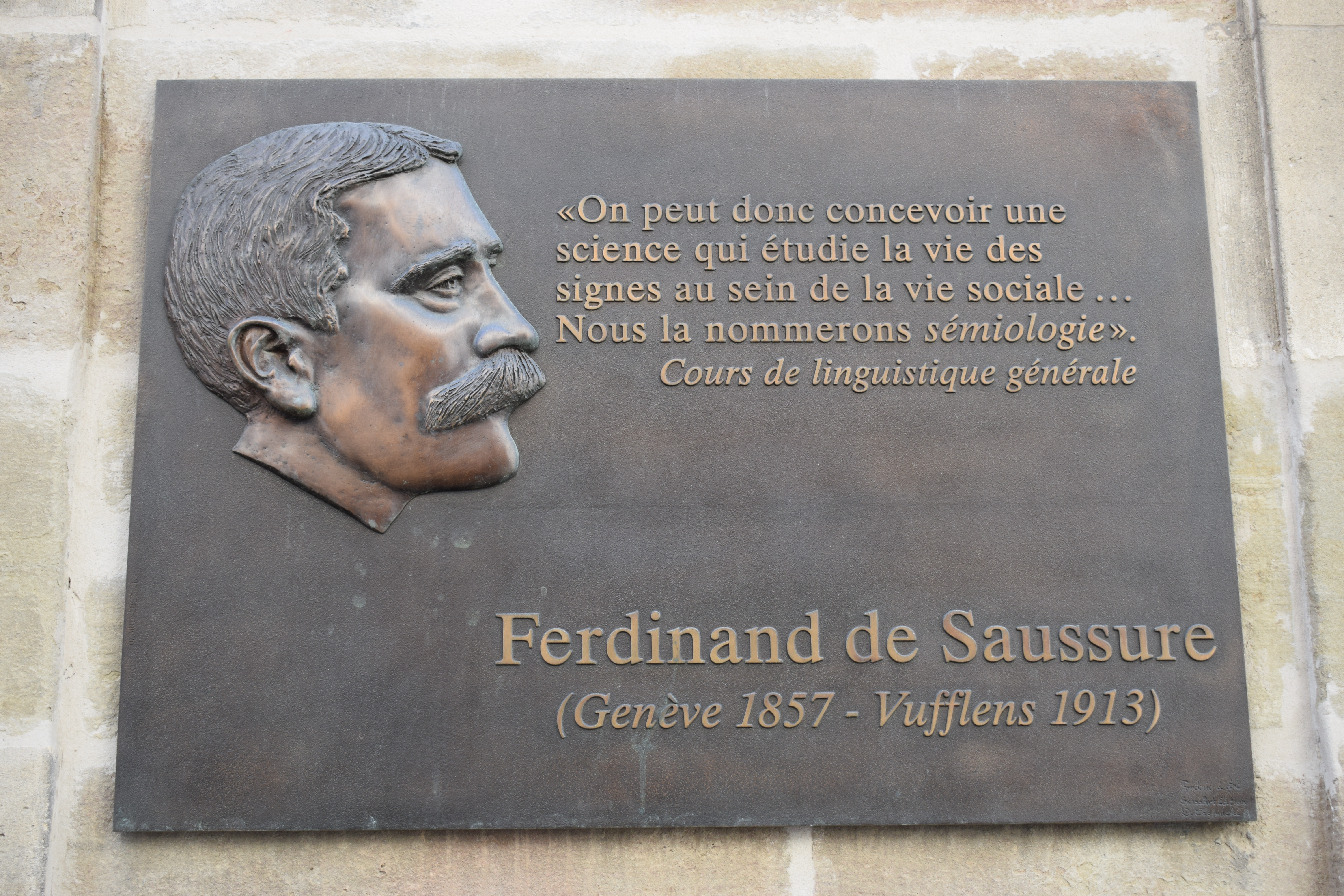|
Basic Color Terms
''Basic Color Terms: Their Universality and Evolution'' (1969; ) is a book by Brent Berlin and Paul Kay. Berlin and Kay's work proposed that the basic color terms in a culture, such as black, brown, or red, are predictable by the number of color terms the culture has. All cultures have terms for black/dark and white/bright. If a culture has three color terms, the third is red. If a culture has four, it has either yellow or green. Berlin and Kay posit seven levels in which cultures fall, with Stage I languages having only the colors black (dark–cool) and white (light–warm). Languages in Stage VII have eight or more basic color terms. This includes English, which has eleven basic color terms. The authors theorize that as languages evolve, they acquire new basic color terms in a strict chronological sequence; if a basic color term is found in a language, then the colors of all earlier stages should also be present. The sequence is as follows: *Stage I: Dark-cool and light- ... [...More Info...] [...Related Items...] OR: [Wikipedia] [Google] [Baidu] [Amazon] |
Brent Berlin
Overton Brent Berlin (born 1936) is an American anthropologist, most noted for his work with linguist Paul Kay on color, and his ethnobiological research among the Maya of Chiapas, Mexico. He received his Ph.D. from Stanford University in 1964. Until recently, Berlin was Graham Perdue Professor of Anthropology at the University of Georgia, where he was also director of the center for Latin American and Caribbean Studies and co-director for the Laboratories of Ethnobiology. His work alongside Paul Kay on the 1969 publication of '' Basic Color Terms: Their Universality and Evolution'' built on the ideas of Lazarus Geiger in the field of color terminology research and has been highly influential in anthropology, linguistics and cognitive sciences. Berlin and Kay concluded that the number of basic color terms in the world's languages are limited and center on certain focal colors, assumed to be cognitively hardwired. He led the Maya ICGB project, a bioprospecting consortium, ... [...More Info...] [...Related Items...] OR: [Wikipedia] [Google] [Baidu] [Amazon] |
Brown
Brown is a color. It can be considered a composite color, but it is mainly a darker shade of orange. In the CMYK color model used in printing and painting, brown is usually made by combining the colors Orange (colour), orange and black. In the RGB color model used to project colors onto television screens and computer monitors, brown combines red and green. The color brown is seen widely in nature, wood, soil, human brown hair, hair color, eye color and Human skin color, skin pigmentation. Brown is the color of dark wood or rich soil. In the RYB color model, brown is made by mixing the three primary colors, red, yellow, and blue. According to public opinion surveys in Europe and the United States, brown is the least favorite color of the public; it is often associated with fecal matter, plainness, the rustic, although it does also have positive associations, including baking, warmth, wildlife, the autumn and music. Etymology The term is from Old English , in origin for any ... [...More Info...] [...Related Items...] OR: [Wikipedia] [Google] [Baidu] [Amazon] |
Linguistics Books
Linguistics is the scientific study of language. The areas of linguistic analysis are syntax (rules governing the structure of sentences), semantics (meaning), morphology (structure of words), phonetics (speech sounds and equivalent gestures in sign languages), phonology (the abstract sound system of a particular language, and analogous systems of sign languages), and pragmatics (how the context of use contributes to meaning). Subdisciplines such as biolinguistics (the study of the biological variables and evolution of language) and psycholinguistics (the study of psychological factors in human language) bridge many of these divisions. Linguistics encompasses many branches and subfields that span both theoretical and practical applications. Theoretical linguistics is concerned with understanding the universal and fundamental nature of language and developing a general theoretical framework for describing it. Applied linguistics seeks to utilize the scientific findings of t ... [...More Info...] [...Related Items...] OR: [Wikipedia] [Google] [Baidu] [Amazon] |
Color Names
Color (or colour in English in the Commonwealth of Nations, Commonwealth English; American and British English spelling differences#-our, -or, see spelling differences) is the visual perception based on the electromagnetic spectrum. Though color is not an inherent property of matter, color perception is related to an object's light absorption, emission spectra, emission, Reflection (physics), reflection and Transmittance, transmission. For most humans, colors are perceived in the visible light spectrum with three types of cone cells (trichromacy). Other animals may have a different number of cone cell types or have eyes sensitive to different wavelengths, such as bees that can distinguish ultraviolet, and thus have a different color sensitivity range. Animal perception of color originates from different light wavelength or spectral sensitivity in cone cell types, which is then processed by the brain. Colors have perceived properties such as hue, colorfulness (saturation), and ... [...More Info...] [...Related Items...] OR: [Wikipedia] [Google] [Baidu] [Amazon] |

